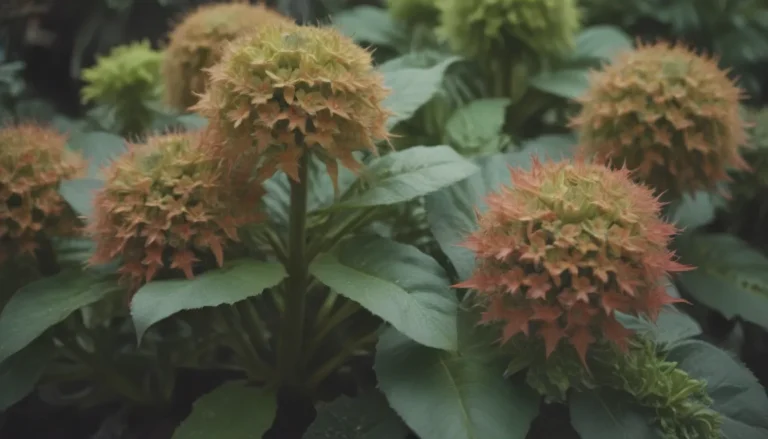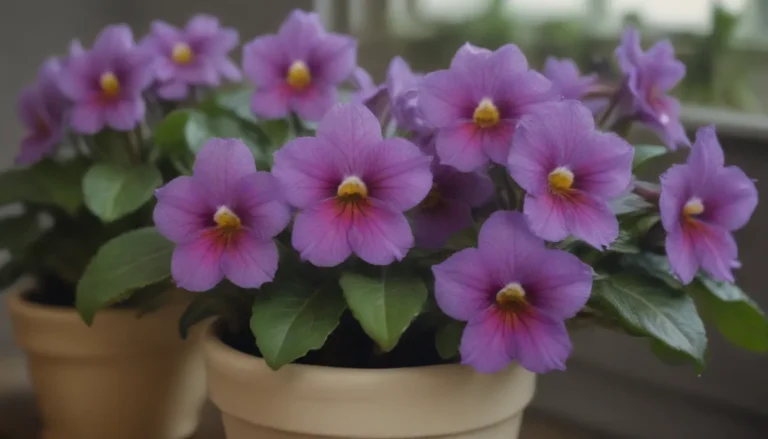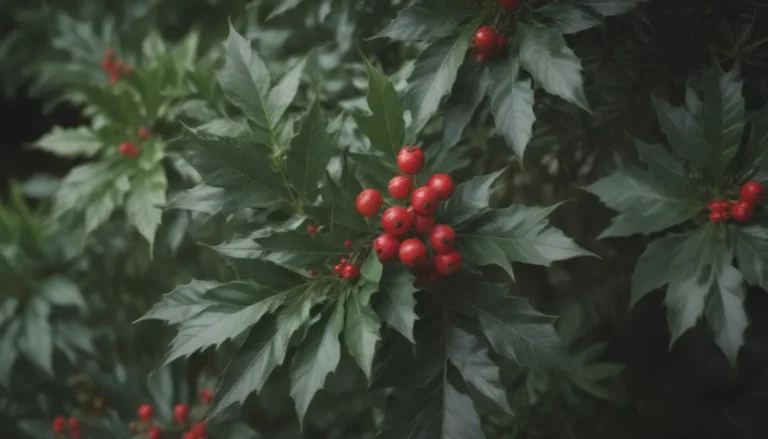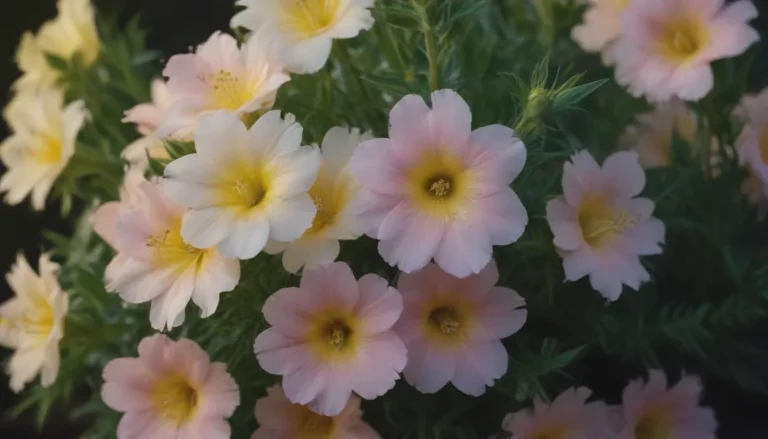Embracing Chaos Gardening: A Fun and Easy Approach to Gardening

Are you tired of the traditional ways of gardening and looking for a fun, carefree method to spice up your yard or vegetable garden? If so, chaos gardening might be just what you need. Chaos gardening is a creative way to use up leftover seeds and add an element of surprise and excitement to your garden. Instead of meticulously planning your garden layout, chaos gardening allows you to mix all your old seeds together, plant them, and see what grows. It’s a low-stakes experiment that can lead to beautiful, unexpected results.
Understanding Chaos Gardening
Typical gardening practices emphasize planting seeds in uniform rows with proper spacing to optimize growth. Chaos gardening, on the other hand, throws these rules out the window. It’s all about embracing randomness and unpredictability in your garden. By using old, leftover seeds from past seasons, chaos gardening allows you to experiment and see what thrives in your unique growing conditions. It’s a freeing and liberating approach to gardening that can be both educational and visually captivating.
When diving into chaos gardening, keep in mind that the process is more about enjoying the journey than striving for perfection. It’s a great way to let go of the pressure to have a perfectly manicured garden and instead embrace the beauty of nature’s unpredictability.
How to Plant a Chaos Garden
If you’re ready to try your hand at chaos gardening, here are some basic guidelines to help you get started:
Gather Your Seeds
- Pull out your collection of old seed packets from previous seasons.
- Sort the seeds by size (larger seeds like cucumbers and beans vs. smaller seeds like carrots and lettuce).
- Consider pre-soaking the seeds overnight to help with germination.
- Mix in some fresh potting soil to make the seeds easier to scatter randomly.
Prepare the Soil
- Decide whether you want to turn over the soil or simply scratch the surface with a rake.
- Consider adding compost or using a raised bed, planter box, or container for your chaos garden.
Plant Your Seeds
- Start by planting the larger seeds first and covering them with a thin layer of soil.
- Follow with the smaller seeds and cover them with another layer of soil.
- Allow for some space between seeds but embrace the randomness.
Tend Your Chaos Garden—or Not
- Decide how hands-on you want to be with your chaos garden.
- You can let nature take its course or opt to water regularly and tend to the plants as needed.
See What Grows
- The best part of chaos gardening is watching what pops up in your garden.
- Embrace the surprises and enjoy the unpredictable beauty of your garden.
- Remember, the goal is to have fun and experiment with different plant combinations.
Benefits of Chaos Gardening
Chaos gardening offers a range of benefits for gardeners looking to try something new and different:
- Creativity: Chaos gardening allows you to express your creativity and experiment with different plant combinations.
- Low-Maintenance: Unlike traditional gardening, chaos gardening is low-maintenance and doesn’t require meticulous planning.
- Surprises: With chaos gardening, you never know what will grow, leading to exciting surprises throughout the growing season.
- Relaxation: The carefree nature of chaos gardening can be a relaxing and enjoyable way to spend time in your garden.
In conclusion, chaos gardening is a fun and carefree approach to gardening that can add a unique and exciting element to your outdoor space. By embracing randomness and letting go of perfection, you can create a beautiful and diverse garden that reflects the unpredictability of nature. So why not give chaos gardening a try and see what surprises await in your garden?





